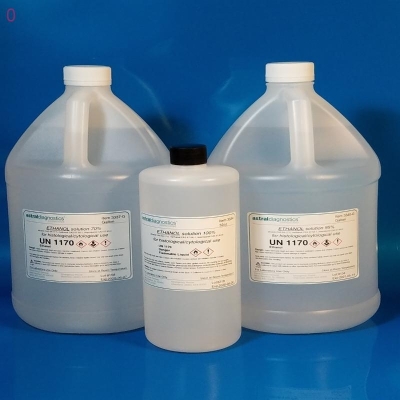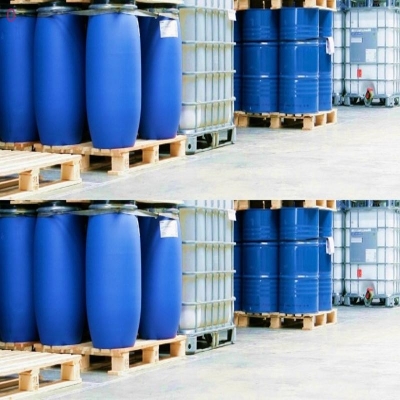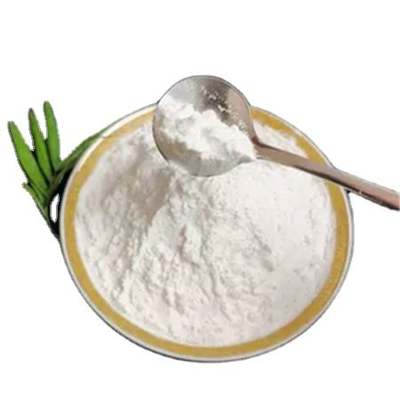-
Categories
-
Pharmaceutical Intermediates
-
Active Pharmaceutical Ingredients
-
Food Additives
- Industrial Coatings
- Agrochemicals
- Dyes and Pigments
- Surfactant
- Flavors and Fragrances
- Chemical Reagents
- Catalyst and Auxiliary
- Natural Products
- Inorganic Chemistry
-
Organic Chemistry
-
Biochemical Engineering
- Analytical Chemistry
- Cosmetic Ingredient
-
Pharmaceutical Intermediates
Promotion
ECHEMI Mall
Wholesale
Weekly Price
Exhibition
News
-
Trade Service
2 -Hydroxyglutarate (2 - HG) is a structural analog of 2-ketoglutarate (2-KG), with two chiral Isomers L-2-HG and D-2-HG
.
2-HG can inhibit the activities of a variety of 2-KG-dependent dioxygenases and transaminases, and cause malignant glioma, acute myeloid leukemia, The occurrence of cancers such as intrahepatic cholangiocarcinoma
.
Establishing an efficient and specific detection method for 2-HG is helpful for the diagnosis and treatment of 2-HG-related diseases
.
Chemical machinery and equipment network hotspots focus on chemical machinery and equipment.
2-HG can inhibit the activities of a variety of 2-KG-dependent dioxygenases and transaminases, and cause malignant glioma, acute myeloid leukemia, The occurrence of cancers such as intrahepatic cholangiocarcinoma
.
Establishing an efficient and specific detection method for 2-HG is helpful for the diagnosis and treatment of 2-HG-related diseases
.
Recently, a research team from Shanghai Jiaotong University and Shandong University published a research paper entitled "A D-2-hydroxyglutarate biosensor based on specific transcriptional regulator DhdR" in the journal Nature Communications
.
The study revealed the regulatory mechanism of D-2-HG catabolism in Achromobacter denitrifying bacteria NBRC 15125, identified DhdR (a transcriptional regulator) that specifically responds to D-2-HG, and based on DhdR and AlphaScreen (a fluorescence amplification analysis technique), developed a D-2-HG biosensor
.
The research team optimized the sensitivity and detection range of the D-2-HG biosensor by site-directed mutation of the DNA binding site of DhdR, and obtained a sensor BD2HG-1 with a detection limit of 0.
10 μM and a detection range of 0.
3–20 μM
.
BD2HG-1 can be used for quantitative detection of D-2-HG in different types of biological samples such as serum, urine and cell culture medium, and the detection results are highly consistent with the results of liquid chromatography-tandem mass spectrometry
.
The sensor BD2HG-1 can be used for quantitative detection of D-2-HG in different types of biological samples such as serum, urine and cell culture medium, and the detection results are highly consistent with the results of liquid chromatography-tandem mass spectrometry .
The study revealed the regulatory mechanism of D-2-HG catabolism in Achromobacter denitrifying bacteria NBRC 15125, identified DhdR (a transcriptional regulator) that specifically responds to D-2-HG, and based on DhdR and AlphaScreen (a fluorescence amplification analysis technique), developed a D-2-HG biosensor
.
The research team optimized the sensitivity and detection range of the D-2-HG biosensor by site-directed mutation of the DNA binding site of DhdR, and obtained a sensor BD2HG-1 with a detection limit of 0.
10 μM and a detection range of 0.
3–20 μM
.
BD2HG-1 can be used for quantitative detection of D-2-HG in different types of biological samples such as serum, urine and cell culture medium, and the detection results are highly consistent with the results of liquid chromatography-tandem mass spectrometry
.
.
This study provides a new method and approach for quantitative detection of D-2-HG, which is expected to play an important role in the diagnosis and treatment of D-2-HG-related diseases and the development of targeted drugs
.
It is expected to play an important role in the diagnosis and treatment of D-2-HG-related diseases and the development of targeted drugs .
.







